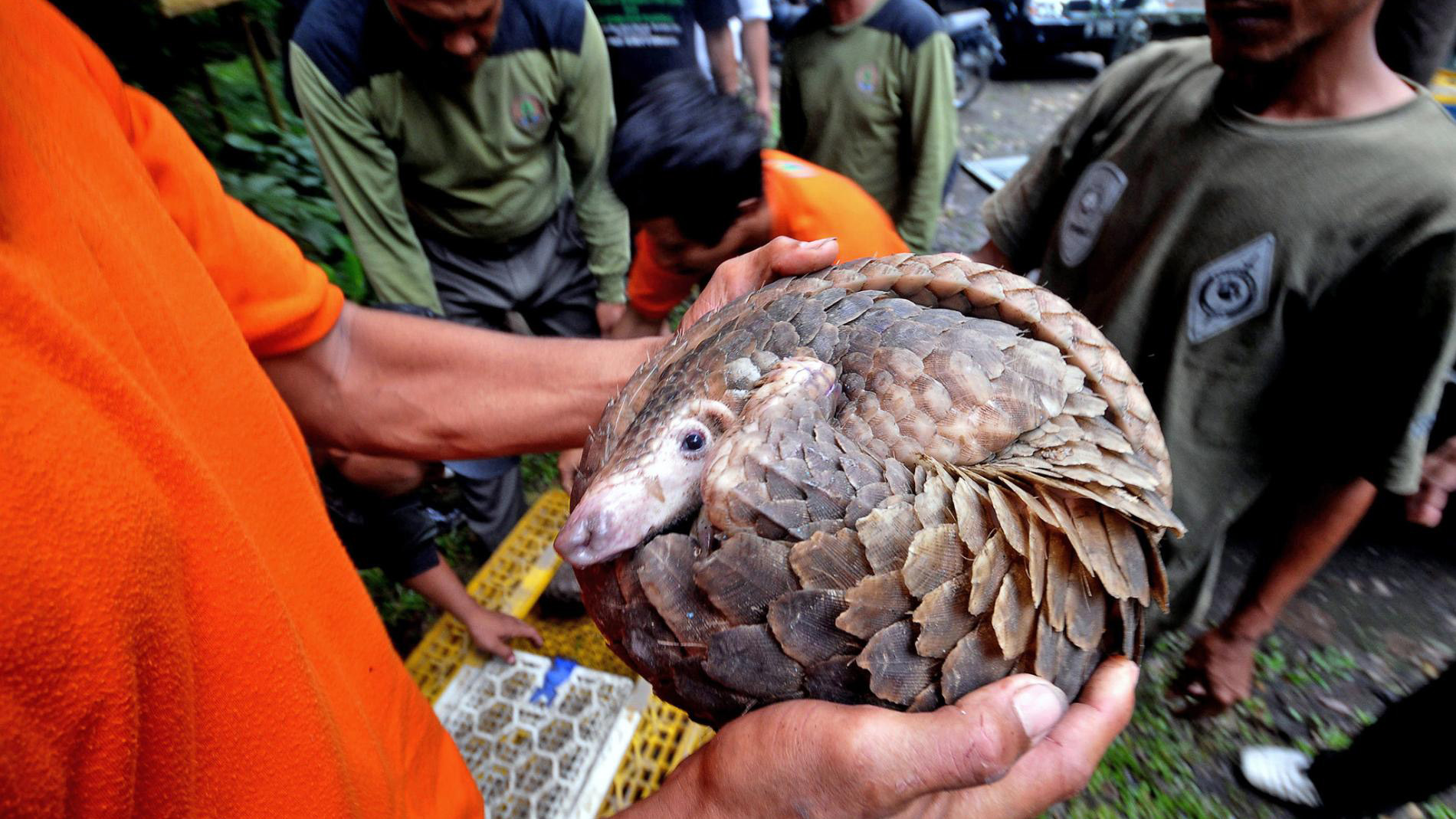At a recent social gathering, regarding coronavirus, someone ventured to ask, “Why do all these new diseases seem to come from Asia?” It seems a reasonable question: SARS, Nipah virus, Avian flu, Swine flu…historically, too, the bubonic plague is thought to have originated in Mongolia, and cholera in India. But that would be to ignore all the recent outbreaks from places other than Asia (Africa especially): Ebola, Marburg virus, Lassa fever, Zika virus, HIV, and so on.
So, what is common to all these? Both Africa and Asia are evolutionary hothouses. They are also densely populated. But so is Europe.
Instead, Matt Ridley argues, the key is dense populations of humans and live animals living in close proximity. Especially bats.
[Coronavirus] is not the first disease bats have given us. Rabies possibly originated in bats. So did, and does, Ebola, outbreaks of which usually trace back to people coming into contact with bat roosts in caves, trees or buildings.
The list continues. Marburg virus, Hendra virus, Nipah virus, Sars, Mers…
Why are bats responsible for so many recent zoonoses (posh Greek for infections acquired from other animal species)? First, bats are mammals, which means they are sufficiently closely related to us for some of their viruses to thrive in our bodies[…]Second, bats have never been domesticated. On the whole we have already caught the diseases of cows and pigs and dogs.
Third, unlike most other mammals, bats live in huge flocks — just as we do. They therefore host viruses that spread by casual contact
But why are bats suddenly spreading viruses to humans? It’s not like they haven’t been around for a while.
That is easy to answer too. It’s not because of climate change or the destruction of forests. Bats have lived in belfries, as well as dead trees, for centuries. It’s because we now live at such high densities and travel so much. With 7.7 billion people on the planet, many of whom now travel long distances, we are a tempting target[…]The chances are that plenty of people died of bat-borne infections in the past too, but the epidemic usually petered out because villages were small and long-distance travel was rare.
The earliest documented case of what is now known as HIV, dates back to 1959. Genetic studies date its origin to the 1910s. But it took until the early 1980s for it to really take off.
But in the case of coronavirus, it may not be the bat soup that’s to blame, but another of China’s culinary weirdnesses and “traditional medicine” superstitions.
However, it seems bats probably did not give us Covid-19 [coronavirus] directly. The virus’s sequence of RNA (DNA’s cousin) in human beings is 96 per cent the same as that found in a bat sampled in Yunnan in 2013 during the search for the origin of Sars. This implies that they share a common ancestor at least 25 years ago. By contrast, the pangolin version of the virus is 99 per cent similar to ours. Probably, captured pangolins, on sale in the live-animal market in Wuhan and mainly imported from Malaysia, had somehow caught the virus from bats. Pangolins are globally endangered because of demand from China.
[So…] please can we learn two obvious lessons? First, let’s stop bringing wild animals into markets alive (if at all): viruses do not survive long in dead bodies, even if not refrigerated. It’s a cruel practice anyway. And second, let’s keep our distance from bats. Definitely don’t eat them.
spectator.co.uk/2020/02/why-have-so-many-of-our-recent-viruses-come-from-bats
So much for the deep-fried Southern Spotted Quoll I was planning on tonight.
If you enjoyed this BFD article please consider sharing it with your friends.

